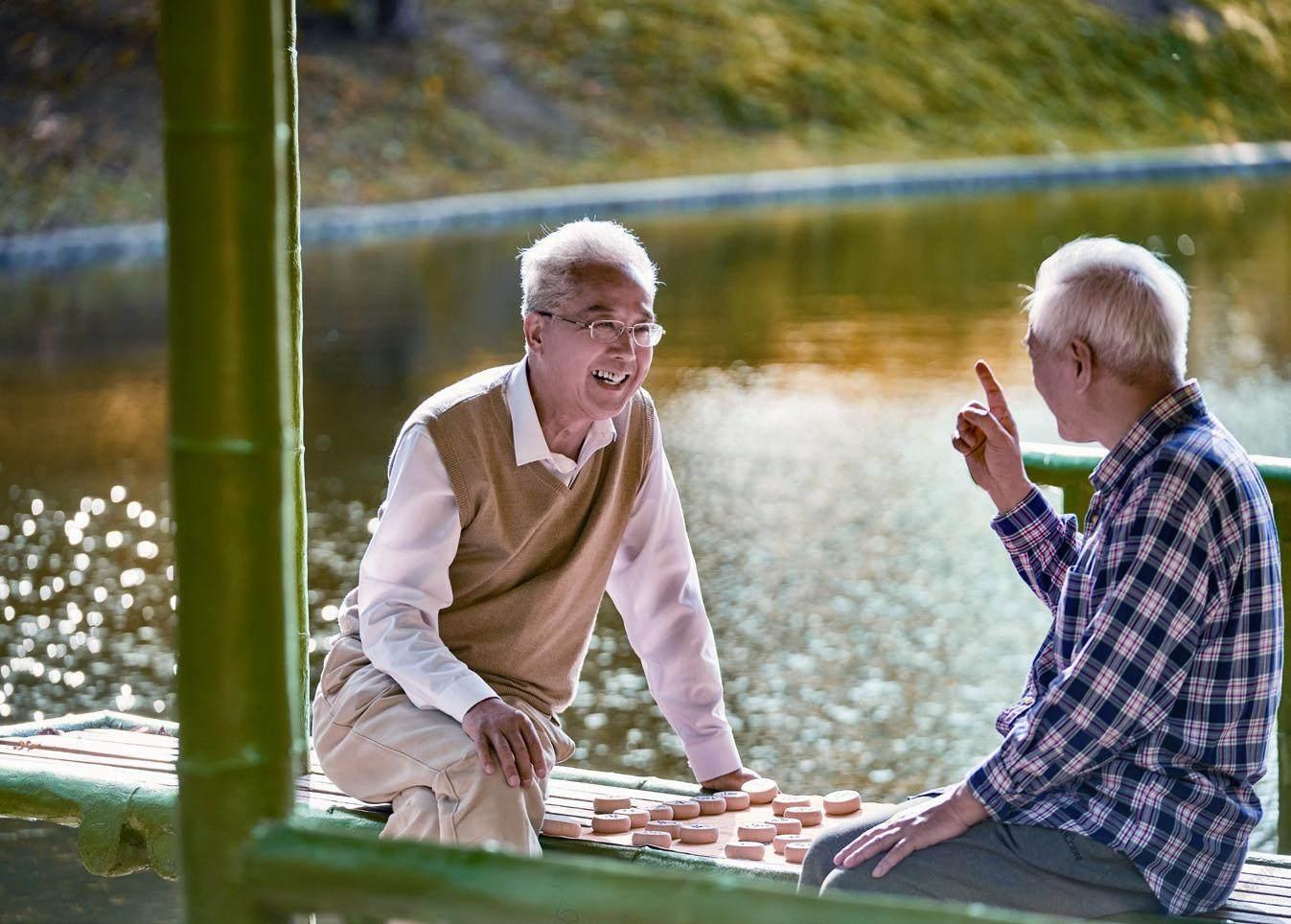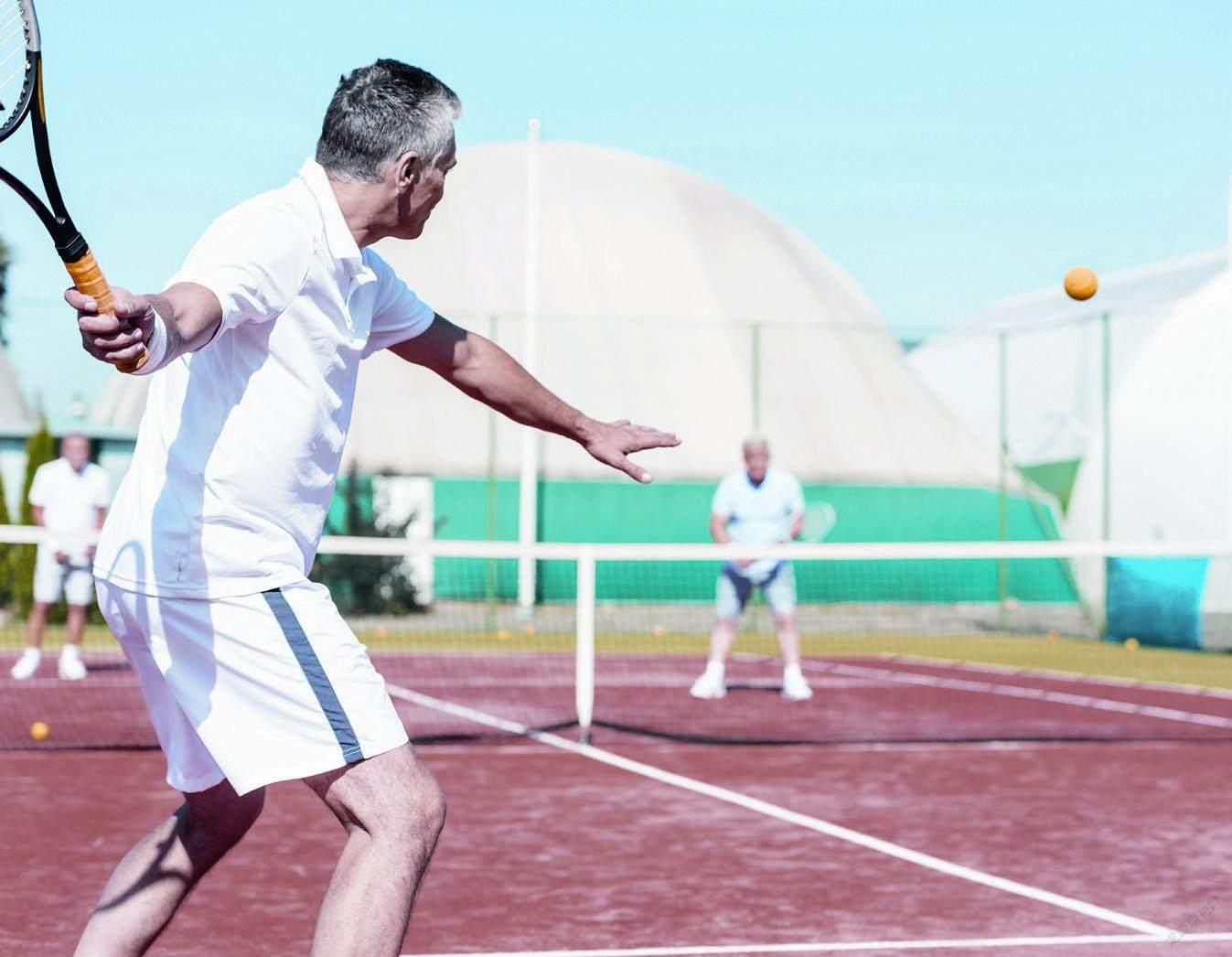The Silver Economy Becomes the New Blue Ocean
By Lynn Yu
According to the China Report of Development of the Silver Industry, during 2014 to 2050, the consumption capacity of China’s aging population will increase from RMB 4 trillion to about RMB 106 trillion. The proportion of GDP will increase from 8% to 33%. This is why the silver economy is expected to become the new blue ocean.
Multiple policies from local government to increase support
As the size of China’s aging population increases, a series of elderly-supporting policies have been made since early 2021. These policies include The Opinions of the CPC Central Committee and the State Council on Strengthening the Work for the Elderly in the New Era, and the National Plan for the Development of the Cause of Aging and the Elderly Care Service System during the 14th Five-Year Plan Period (hereinafter referred to as the plan). These policies show that the silver industry has great space to develop.
The plan proposes for the first time that we should develop the “silver economy”, develop and expand the industry of products for the elderly, strengthen the R&D and manufacturing of products for the elderly, and develop daily necessities for the elderly to meet their needs in clothing, food, housing and travel. We shall also encourage domestic and foreign parties to jointly build characteristic pension industry demonstration parks, and cultivate a number of leading enterprises with strong driving forces and wide coverage.
During the Two Sessions in 2022, many delegates and deputies shared their opinions and suggestions about the development of the silver economy.
He Shengyu, a member of the National Committee of the CPPCC, believes that with the continuous development of the social economy and the enhancement of national strength, China has the ability, conditions and confidence to solve the problem of aging and provide its demonstrative solutions for society on a global scale. She called for speeding up the implementation of the “healthy China strategy”, actively responding to the issue of China’s aging population, building a policy system and social environment for providing care and respect for the elderly, promoting the combination of medical treatment and health care, and accelerating the development of the aging industry.
Meng Lihong, member of the CPPCC National Committee and Vice Chairman of the Clifford Group, said in the proposal that the pension industry has great potential and broad prospects, which plays an important role in improving China’s pension system and promoting the economic growth. On top of this, the pension industry has large investments and a long cycle, and is still in the initial stage of development, which urgently requires guidance and support from the government.

In a number of government work reports of the local Two Sessions in 2022, all provinces strive to cultivate the silver economy into a new economic growth point by tapping effective demand and diversifying the supply of services.
For example, in terms of supporting the development of living services such as elderly care, health and cultivating new forms of elderly care, Hebei Province proposed to promote the continuous recovery of consumption and accelerate the development of industries such as medical care, health care and domestic services. Xinjiang Uygur Autonomous Region clearly emphasizes accelerating the development of new industries and new formats such as rural tourism, leisure agriculture, cultural experiences, health care and e-commerce when it comes to the elderly. In terms of promoting elderly care consumption, Tianjin proposed to expand health care consumption, develop the silver economy, and expand the diversified consumption markets such as medical care, tourism health and rehabilitation service; Jiangsu Province proposed to cultivate consumption hotspots such as medical and health care, elderly care and home service; Heilongjiang Province has put forward the measure of promoting all-round opening to the outside world and carrying out international cooperation in elderly care services.
According to iiMedia Research, the market scale of the elderly care industry will reach RMB 10.25 trillion. As the number of China’s aging population further increases, the silver economy is becoming an important engine to promote the high-quality development of China’s economy.
Make positive planning of elderly care industry
Recent years have witnessed the issuance of a series of policies to support the development of elderly care products. In December 2019, the Ministry of Industry and Information Technology has worked with other 4 ministries to issue the Guiding Opinions on Promoting the Development of Elderly Care Product Industry, in which it proposes that by 2025, the market scale of the elderly care industry will surpass RMB 5 trillion. The main directions of development will be functional clothing for the elderly, intelligent daily aid products, safe and convenient elderly care products, rehabilitation training and health promotion aids, environment improvement products for the elderly, and more.
According to a report co-released by tianyancha.com and Baidu finance, more than 230,000 enterprises have engaged in the elderly care industry. Besides the large number of small and medium-sized companies, there are also state-owned companies and large private companies, such as Taikang Life, China Life, Union Life and other insurance companies, Vanke, Sino-ocean Group, Poly, Greentown and other real-estate developers, that have been engaging in the elderly care business. Tongrentang, Baiyunshan and other brands have launched elderly health product businesses. On top of that, overseas investors have entered China’s silver market and most of this investment focuses on health and care services for the elderly. These investors include many international renowned health care companies or groups.
At the same time, many digital companies have also entered the elderly care industry by developing intelligent medical care businesses. Intelligent technology has become a powerful driver of the silver economy. From the construction of information platforms and information systems, to the production of wearable devices and intelligent products, and the realization of distance education and medical service, the silver economy features the utilization of advanced technology and high degree of intelligence. The products and services have gradually been upgrading in terms of technical means.
In August 2020, JD Health launched a family doctor service; In May 2021, Alibaba Health launched“Cuncaoxin” home care service. Both companies adopted a business model that dealt with online reservations and offline door-to-door services. In July 2021, Nestle announced its entry into the middle-aged and elderly health care market with two new products with blue hat certifications-Nestle Yiyang calcium ammonia sugar milk powder and Yiyang probiotic protein powder. In 2020, Wahaha also entered the field of middle-aged and elderly health products through Kangyouli e-commerce platform.
As for how to better develop the silver industry and the silver economy, He Shengyu believes that “those younger can help older people master digital skills and integrate into digital life. We shall also comprehensively promote the development of elderlyoriented industries, encourage the standardized development of food, medicine and articles for the elderly to meet the special needs of the elderly; we will crack down on violations of intellectual property rights and the production and sale of fake goods, and safeguard the consumption rights and interests of the elderly”.
Nursing services for the elderly need improvement
According to the National Health Commission, China’s elderly care model presents a “9073” pattern, which means that home-based care covers 90% of elderly care; community-based care services cover 7% of elderly care, and the remaining 3% of elderly people are living in health care institutions.
According to data from the Civil Affairs Bureau, as of December 2020, there were 329,000 elderly care service institutions and facilities across the country, with a year-on-year growth of 61.3%. Among these institutions, there were 291,000 community elderly care institutions and facilities and 38,000 registered institutions. Comparatively the community-based elderly care institutions see more rapid growth. Since 2020, a number of top-level policies have been issued to support the elderly care industry development and there will be more supporting policies in the future. It is imperative to further promote the development of the industry through policy support and market operation.
It is worth mentioning that under the demand of the elderly, for elderly care institutions and nursing, more and more elderly care institutions have started to build an elderly care community integrating medical care and nursing, so as to provide better medical and health services for the elderly. By the end of 2020, there are 5,857 medical and nursing institutions in China.

Capital investors pay great attention to the silver market and have penetrated into relevant segments. Statistics show that in the past five years, the financing of the elderly care industry has reached RMB 6 billion, mainly in the fields of elderly care services, medical institutions and medical information. Some enterprises with abundant capital, such as real estate developers and insurance companies, have entered the elderly care market through acquisition and expanded rapidly in business scale. For example, Everbright Senior Healthcare has acquired more than 150 elderly care institutions with more than 30,000 beds.
Although the elderly care service market has been growing fast in recent years, according to the National Population Development Plan 2016-2030, the elderly care market will need 10.875 million beds by 2030, with a supply gap of 5.993 million beds. Besides, there is expected to be a large labor gap. According to the National Health Commission, there were only 500,000 elderly care workers in 2021, while the market needs more than 6 million workers. It is estimated that by the end of 2022, there will be about 2 million trained elderly care workers in China.
According to a calculation from the National Commission on Aging, the consumption demand of the elderly in China will reach RMB 5 trillion around 2050, but at present, the value of the products for the elderly is less than RMB 100 billion each year. The structure of the demands of the elderly has been transforming from the survival-oriented to developmentoriented and enjoyment-oriented, from simply supplying materials to providing mental and cultural services. We urgently need to give priority to the development of the high-end health care industry, and give consideration to the industrial integration and intelligent elderly care. We shall give equal consideration to the expansion of elderly care projects and improvement of service quality, so as to provide high-quality life experiences for the elderly.
Liu Qingfeng, a deputy to the National People’s Congress and chairman of iFLYTEK, believes that at present, China’s elderly care service security and the social welfare system have been increasingly improved. Local governments have been making innovations to allow technology to better serve the elderly, but there is still room for development in aging services, intelligent health care and emotional companionship of the elderly. He suggested that in view of the shortage of elderly care personnel, we shall accelerate the development of rehabilitation robots and let them play a greater role in rehabilitation training and safety monitoring. In addition, we will increase research on companion robots, and strengthen technological innovation and product support, to improve the wellbeing of the elderly through companion care. We should also increase the supply of cultural and fitness services for the elderly and create an atmosphere of giving care to and respecting the elderly.
- China’s foreign Trade的其它文章
- The New Patent Law Brings Great Changes to Improve the Business Environment in China
- What Does China’s Accession to the Hague Agreement Mean?
- Mitigating Energy Shortages in China
- Accelerate the Digital Transformation
- What are the Hot Spots of the Digital Economy?
- Huge Demand for the Network Security Industry

